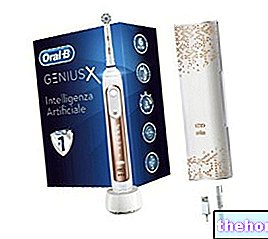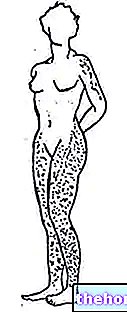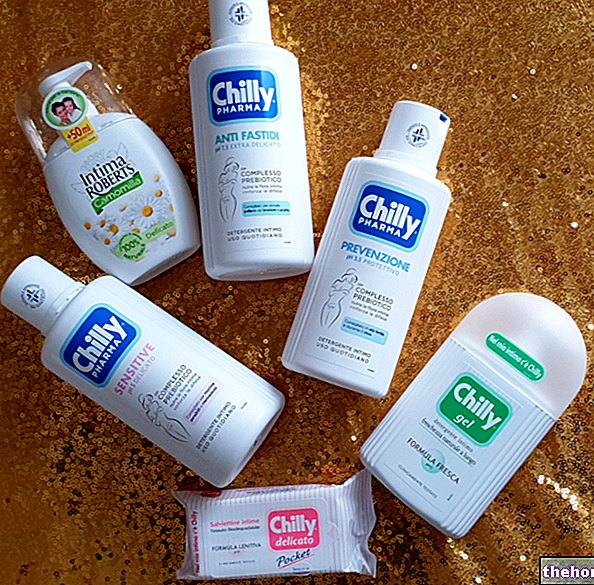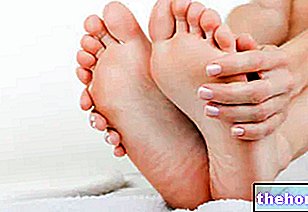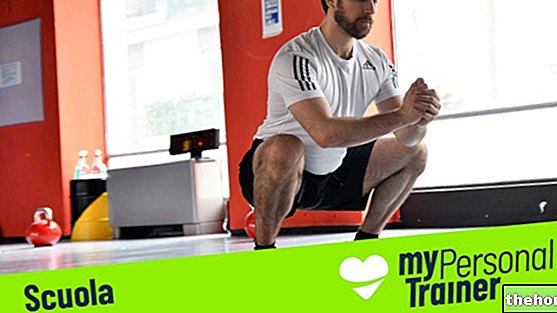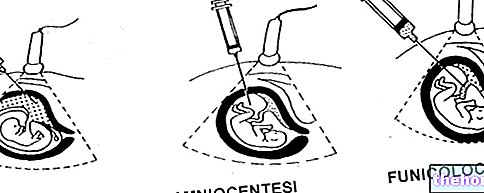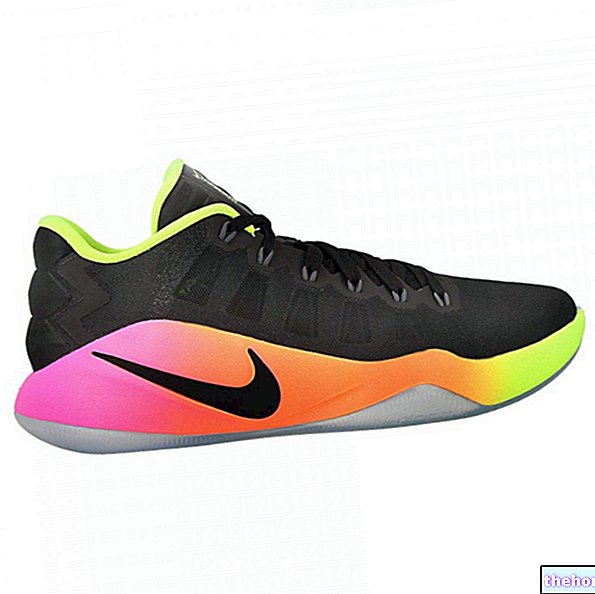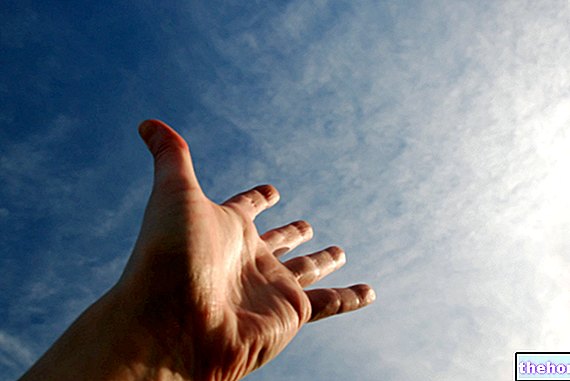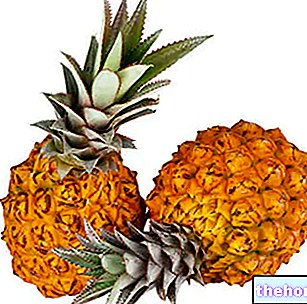Edited by Prof. Guido M. Filippi
WBV is considered, almost unanimously by the scientific community, to be harmful (Seidel H Am J Ind Med. 1993; 23: 589-604; Bovenzi M. Int Arch Occup Environ Health 1998; 71: 509-519; Lings S, Leboeuf-Yde C., Int Arch Occup Environ Health 2000; 73:290-2977).

Pending more certain data, we note how WBV exerts its harmful effects in increasing order by gravity on the knee and elbow joints, the hip and shoulder joints, on the spine. The reason for this is the deformation that the signal d " mechanical wave undergoes in the distant propagation through the tissues, and its approaching the resonant frequency of the joints. The approach to the resonance frequency implies the amplification of the mechanical energy and the consequent rapid and extensive onset of damage.
Focal vibration is essentially harmless, it is widely used in research to activate the proprioceptive system of individual muscles or joints. It has long been tried to use it for therapeutic purposes, as its action on neuromuscular spindles is well known. Since these nerve receptors are sensitive to elongation, this type of vibration is used in such a way as to impose on the muscle sequences of elongation and shortening of at least 0.5 millimeters, usually 1-2 millimeters, with frequencies between 20 and 60-80. Hz. The results obtained, although present (Karnath HO et al. J Neurol Neurosurg Psychiatry 2000; 69: 658-660), however, they have a very short duration (minutes). Furthermore, it has been shown that vibration, if it imposes length variations of more than 0.12 mm (120 microns) on the muscle for prolonged times (hours), can cause muscle micro-injuries (Necking LE et al. J Hand Surg 1996; 21: 753-759). Its characteristics are non-invasiveness and the possibility of performing analytical interventions on the muscles and therefore not indiscriminate.
However, very recent works converge on some new aspects: in order to have persistent effects, mechanical vibration must last an adequate time (10-15 minutes) and have a frequency (Rosenkranz K, Rothwell JC. J Physiol 2003; 551.2: 649-660; Rosenkranz K, Rothwell JC. J Physiol 2004; 561: 307-320) to which the proprioceptive circuit system appears particularly sensitive (80-120 hz). Furthermore, the motor control system appears susceptible to be enhanced in its functions by applying particular sequences of sensory input (Wolpaw JR, Tennissen AM Annu Rev Neurosci 24: 807-843).
In other words, in the face of particular sequences of mechanical stimuli, phenomena of function enhancement of great amplitude and duration can be induced. In the face of minutes of treatment you can have weeks or months of effects (Kandel ER. In: Kandel ER, Schwartz JH, Jessell TM editors Principles of neural sciences New York. McGraw-Hill2000, pp. 1247-1277). These are methods that enhance completely physiological mechanisms, as far as they can alone activate physiological mechanisms.
However, the transfer to the clinic of these procedures has proved unlikely to date, as the protocols, although very powerful in their effects, are too complex to be transferred out of the laboratories.
Some research groups, belonging to various university institutes (Institute of Human Physiology, Catholic University of Rome, Department of Sciences of the Locomotor System and School of Sports Medicine, University of Rome “La Sapienza”, Chair of Physical Medicine and Rehabilitation. Department. Internal Medicine, Human Physiology Section and Department of Medical Surgical Specialties, Orthopedics Section, University of Perugia, Department of Science and Society, Faculty of Motor Sciences, University of Cassino) have thus tried to identify a mechanical vibratory stimulus capable of first place of not causing any harm, secondly of having therapeutic effects by acting on the proprioceptive control network. The research began about 12 years ago and today 5 universities, more than 12 university institutes, about 40 among doctors, engineers, therapists and trainers.
A mechanical vibratory stimulation, to be certainly non-damaging, must be localized and characterized by a displacement of less than 0.12 mm (<120 microns). We therefore opted for a vibration capable of causing length variations of less than 0.02 millimeters, or 20 microns, therefore 5 times less than the safety limit. It was therefore decided to use a stimulus based on the intensity of the force (700-900 grams maximum), effectively without variations in length. The instrument called Cro®System (NEMOCO srl) where the acronym CRO stands for Counter reaction Loop underlines that is a system intended to act on feedback systems, engineering terminology that indicates systems subjected to feedback control.The Cro®System (Figure 10) is designed to modify the operating modes of such systems.

Other articles on "Neurophysiology and sport - fifth part"
- Neurophysiology and sport - fourth part
- Neurophysiology and sport
- Neurophysiology and sport - second part
- Neurophysiology and sport - third part
- Neurophysiology and sport - sixth part
- Neurophysiology and sport - eighth part
- Neurophysiology and sport - Conclusions

